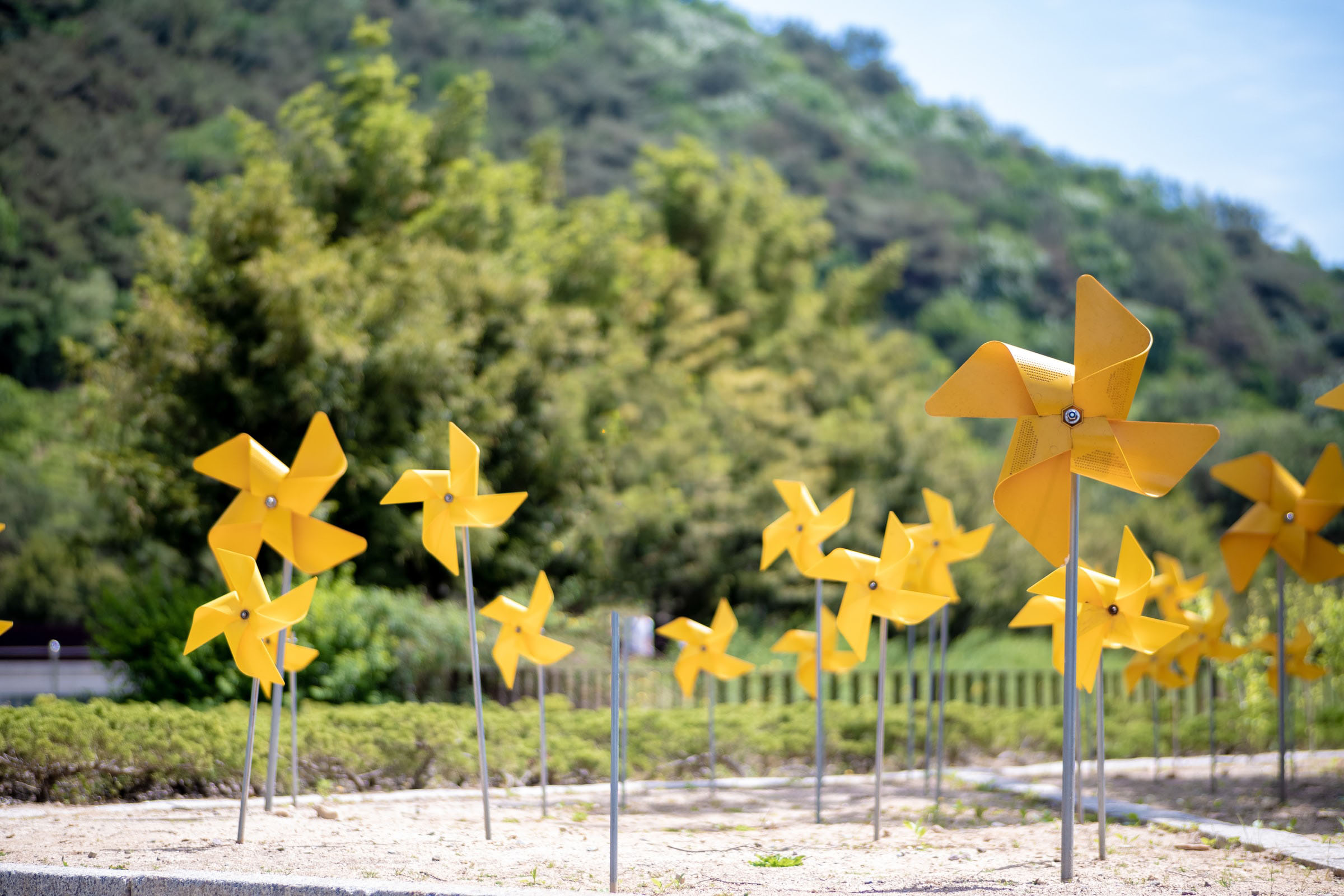August 07, 2022
EXTERNAL PUBLICATION
CETPartnership
Clean Energy Transition Partnership
The Clean Energy Transition Partnership (CETPartnership) is a multilateral and strategic partnership of national and reg... expand
The Clean Energy Transition Partnership (CETPartnership) is a multilateral and strategic partnership of national and regional research, development and innovation (RDI) programmes in European Member States and Associated Countries aiming to boost and accelerate the energy transition and to support the implementation of the European Strategic Energy Technology Plan (SET Plan). The CETPartnership aims to empower the clean energy transition and contribute to the EU’s goal of becoming the first climate-neutral continent by 2050, by pooling national and regional RDTI funding for a broad variety of technologies and system solutions required to make the transition. The CETPartnership will foster transnational innovation ecosystems from the very local and regional level, up to the transnational European level, thus overcoming a fragmented European landscape. Moreover, it intends to reach out to collaboration with funding partners beyond Europe, in order to broaden the knowledge and experience bases and introduce European solutions and stakeholders to the global value chains. The CETPartnership enables 50 national and regional RTDI programme owners and managers from 30 countries to align their priorities, pool national budgets of 210 Mill EUR for two joint calls in 2022 and 2023, as well as to implement annual joint calls from 2022 to 2027. The CETPartnership consortium also plans to organise joint accompanying activities to enable a dynamic learning process, extract strategic knowledge (“Knowledge Community”) and maximise the impact (“Impact Network”) to accelerate the upscaling, replication and market diffusion of innovative solutions, as well as foster the up-take of cost-effective clean energy technologies. The common vision of the CETPartnership is already manifested in its Strategic Research and Innovation Agenda (SRIA) that has been co-created in a broad engagement process during 2020, together with the involved countries, the EU SET-Plan Implementation Workin Groups and ETIPs, all energy relevant ERA-Nets as well as the EERA joint programmes (over 500 editors, co-authors, commenters and discussants). The SRIA was endorsed together with the European Commission (DG RTD and ENER) in November 2020 contract

